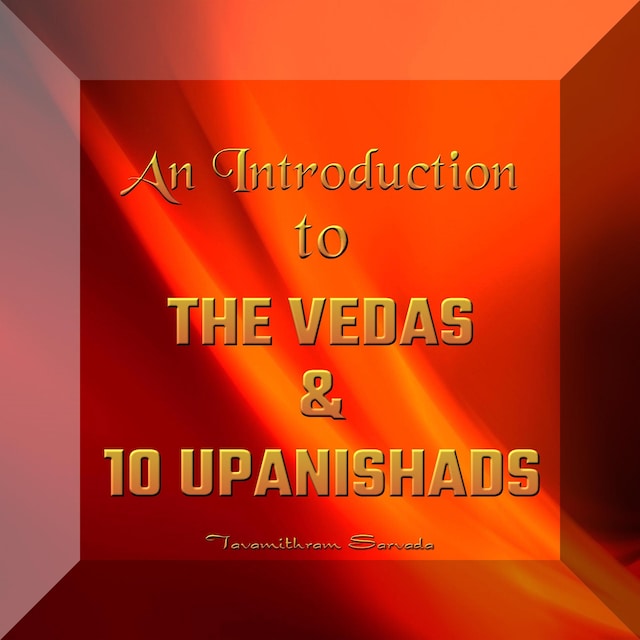
An Introduction to the Vedas and 10 Upanishads
Beskrivning av boken
How about being free from fears, worries, depression, and other emotions that weaken you and waste your life?
And what about rising above superstition or unsubstantiated, blind and irrational beliefs?Is it easy to attain mental and spiritual freedom, and riddance from dogma? Of course, it is - STUDY VEDANTA.
Vedas are ancient and most revered scriptures of the Vedic Sanatana Dharma, which is also known as 'Hinduism'. A seeker who studies the Vedas goes through a process of spiritual evolution towards attaining the ultimate knowledge and wisdom and realise their Divine SELF, which is the All-pervading Brahman.
The Vedas do not teach dogma or any prescribed way of life. They are a detailed study that progresses through four stages, helping seekers gain a deeper understanding of psychological, spiritual, and behavioural sciences. The fourth stage consists of what is known as the Upanishads. Since they are the final stage, goal, summit or conclusion of the Vedas, they are also called Vedanta, a term, which is made up of two parts, namely, 'Ved' and 'anta' meaning knowledge and end or conclusion, respectively.
Studying Vedanta can help clear uncertainties in the minds of people regarding subjects such as the idea of 'god'; life, death, the All-pervading Self, Karma, and the cyclical nature of existence. Those who have never studied the Vedas earlier would surely be taken aback to observe the extremely high levels of intellectuality that people of the ancient Vedic Sanatana Dharma possessed, while the world of today that is known to be modern, is so full of organised, dogmatic, and manipulative religions that act as mass enslavement systems.
Srimad Bhagavad Gita 4:38 "There is certainly nothing more purifying than knowledge. He who is perfect in Yoga finds it in due course of time."


